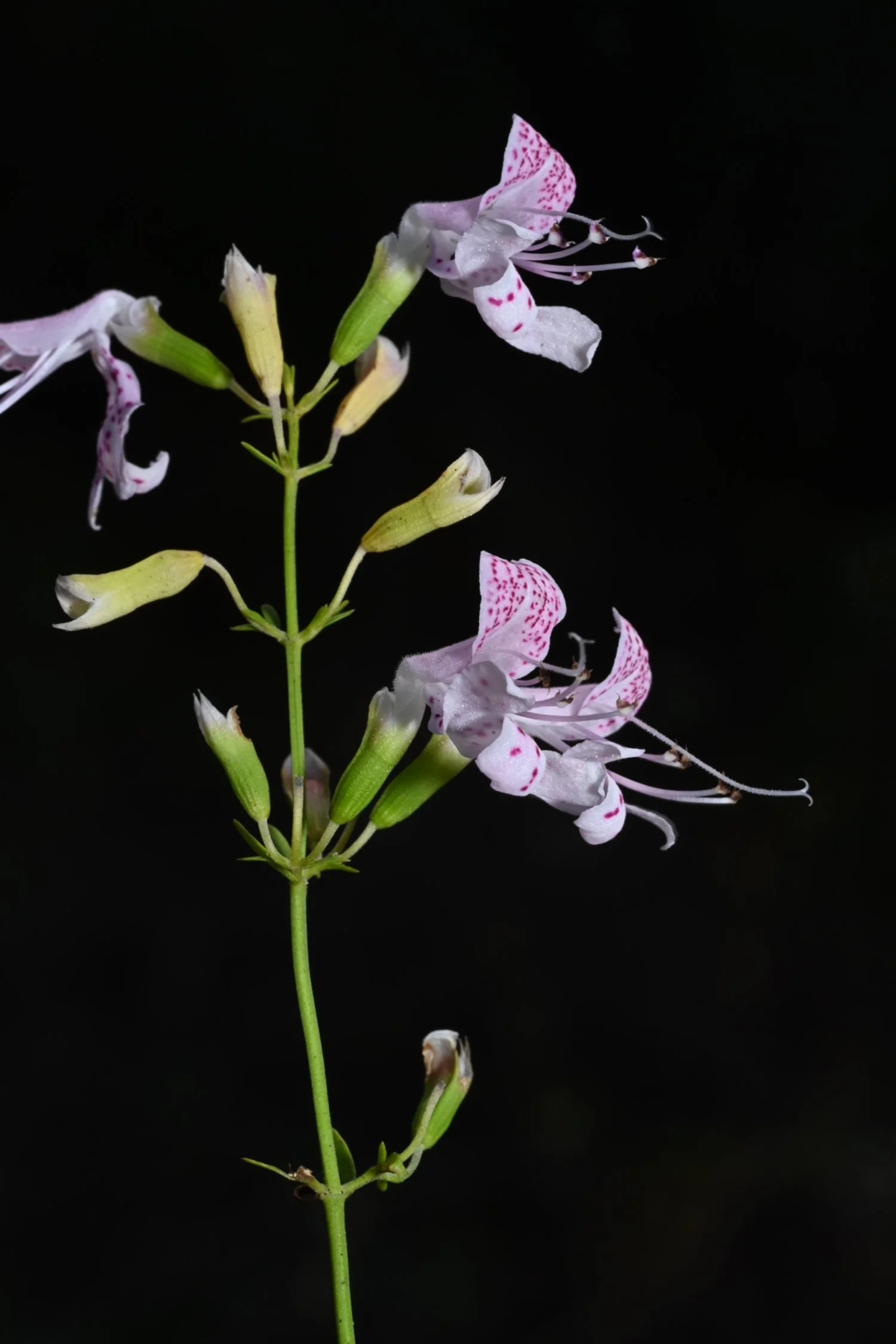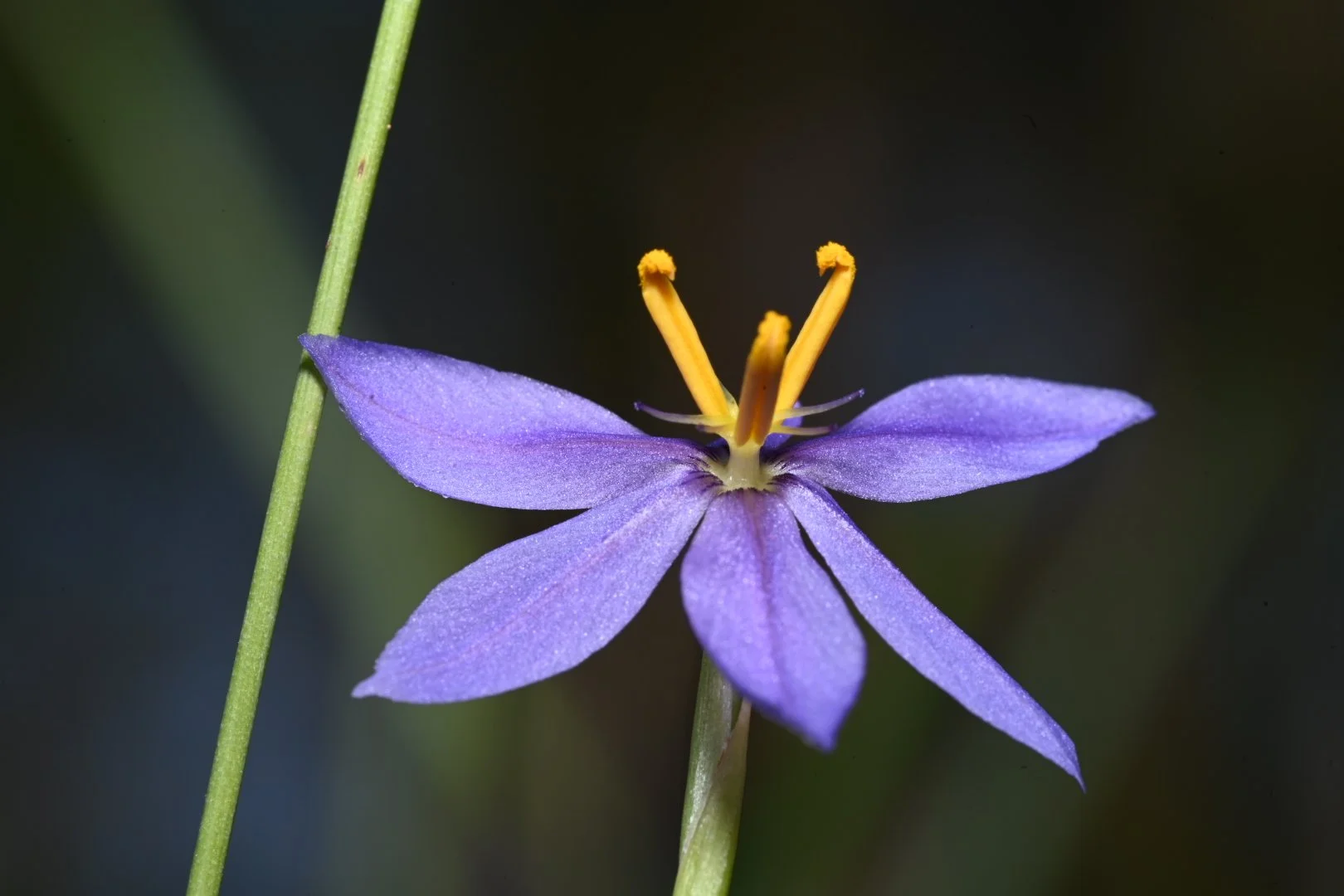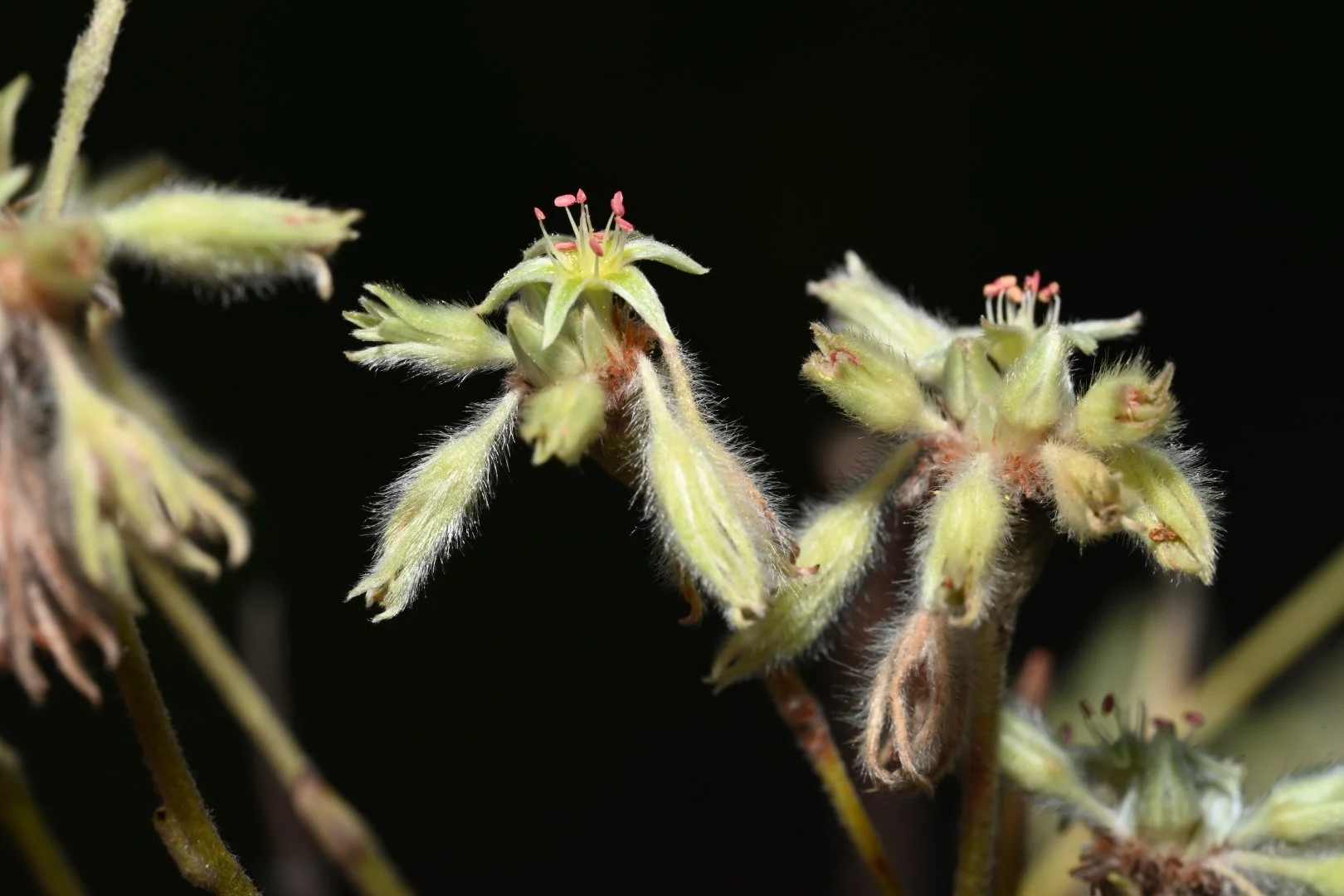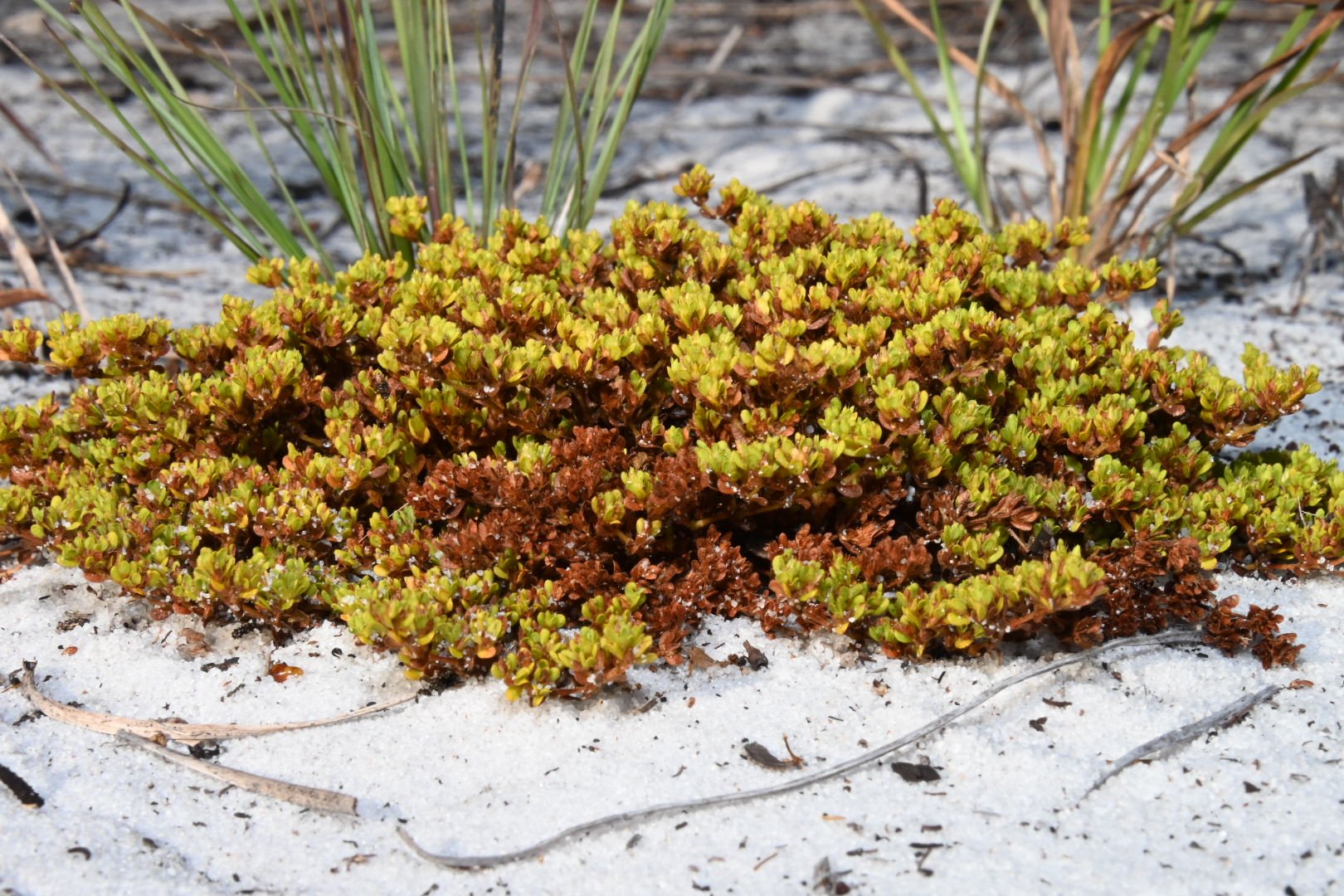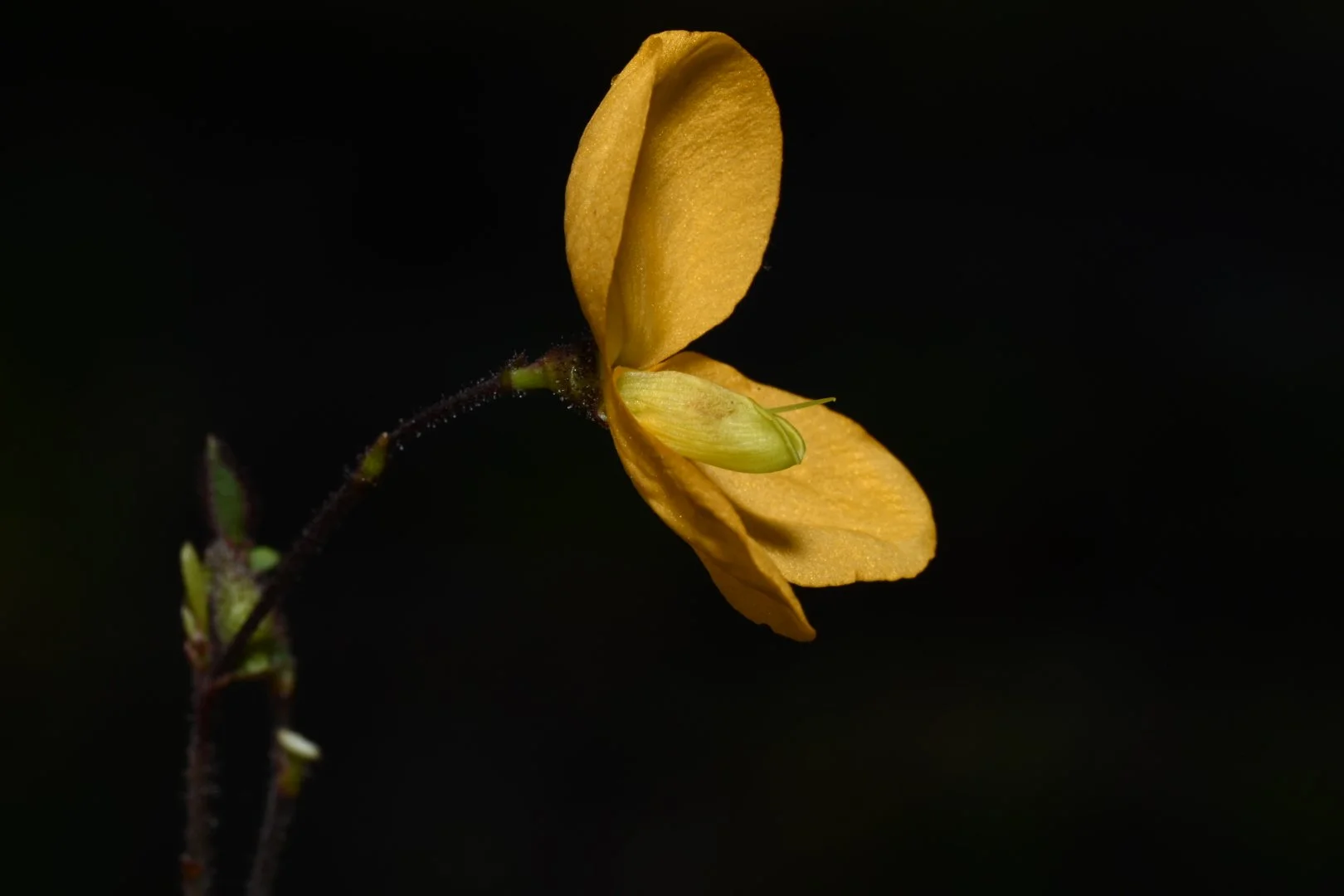The Lovely Florida Scrub & the Brutality of Florida Culture Slums
Just finished a week of daily botanizing in central Florida, starting at the Southern end of the Lake Wales Ridge, a 115 mile “spine” of bleached-white “sugar sand” that was one of the only portions of land not inundated under the Atlantic ocean 2 million years ago. It is an extremely rich habitat full of endemic plants that occur nowhere else on Earth. The entire ridge consists of fire-dependent scrub that has historically been subjected to wildfires every 2-5 years - the average annual rainfall is around 60”, but with a pronounced dry season between November thru May. One of the reasons that the area is full of endemics is because of the uniquely stressful and somewhat isolated conditions presented by this spine of sand : the climate is subtropical and the sand is so nutrient-poor that plants are “bred” (via natural selection) by the region itself for adaptability for a suite of stressful conditions not encountered in many other places in the region. Even in mid-October, temperatures at mid-day soared into the low nineties, and the substrate of bright white sand reflected UV radiation and heat back up in our faces as we walked through the scrub communities that were filled with plants such as Serenoa repens (dominant, keystone species), Carya floridana, Pinus densa, Pinus palustris, Pinus clausa, Garberia heterophylla (Asteraceae), numerous species of Polygonella (gracilis, robusta, myriophila, polygama, basiramia), numerous species of Quercus (chapmanii, geminata, minima, elliotii, inopina, pumila, laurifolia), numerous Liatris species (gracilis, chapmanii, tenuifolia, ohlingerae, laevigata, quadriflora) , numerous Andropogon species (cabanisii, capillipes, brachystachyum, tenuispatheum,hirsutius, floridanum), Sorghastrum secundum, Paronychia (herniarioides, patula, chartacea, americana), Balduina angustifolia (Asteraceae), Xymenia americana (Olacaceae) and more. We even saw a presumably naturalized (150 miles North of its Anthropocene-era native range) population of Zamia integrifolia at Archbald Biological Research station.
We also saw a litany of invasives, most notably the dreaded Melinis repens (Poaceae) and Heteropogon contortus (Poaceae). Some of the rarest plants we encountered were Chionanthus pygmaeus, Cyrilla arida, Dicerandra modesta, Dicerandra frutescens, Cartrema floridana.
Numerous ectomychorrizal and saprotrophic mushrooms were present, such as a white Amanita species in section Vaginatae (lacking an annulus and possessing a striate margin to the cap), numerous Boletaceae species, and Ganoderma curtisii, a stalked reishi mushroom that was frequently encountered and mostly-submerged stumps of Quercus geminata and other scrub oak species.
The fire-dependence is visible everywhere, and the ease with which almost all of the plants resprout following a fire (or their seeds germinate post-fire, such as the fire-dependent Ceratiola ericoides) is testament to the long history of fire in this region. Many of the plants in this region produce Xylopodia - underground storage lignotubers that enable them to immediately respond to fire with bursts of new growth, taking advantage of the “cleansing” the fire has afforded the habitat and the lack of competition.
It feels incredible to spend a week getting to know a landscape so well, spending upwards of 8 hours a day sweating in the sun taking photographs and memorizing the names of new plants, studying the ecology firsthand, looking for clues in the landscape that allude to the behaviors of the plants and the organisms that exist with them.
The human culture of the region is some of the most vile and repulsive that I have experienced anywhere in the US : money-worshipping buffoons happy to destroy museums of evolutionary masterpieces and intricate living machines of ecosystems for the sake of erecting some of the most repugnant and idiotic infrastructure known to modern humanity. It is the equivalent of demolishing the Louvre or the Smithosonian in order to build a stripmall housing a dollar general, a payday loan store and a pawn shop. After spending fifteen minutes in Orlando traffic in some of the most hideous scenery that man has created, I understood - for the first time in my life - how some people (mostly males) are driven to commit mass shootings. Of course, this is not to say I condone such behavior or empathize with it, but I can see how years of living in such a condition could make someone so short-sighted and oblivious to the scale of suffering they were inflicting on others, and how such a lifestyle to lower a human being into such a depraved state so as to feel motivated to commit such an\ terrible act. The “communities” (they are anything but) that exist that so much of the wonderful habitat that I just spent a week diving into consist of long traffic jams of alienated, miserable people who all hate each other and have no connection to the living world around them - apes that evolved (as we all did) to spend time interacting with living things and moving through a living green skin that are not instead locked inside soulless concrete and carpeted storage containers that seem like nothing more than pampered versions of prisons. Nowhere is walking or biking permitted without the threat of death, and one must be trapped in a car at all times if transport of any kind is required.


